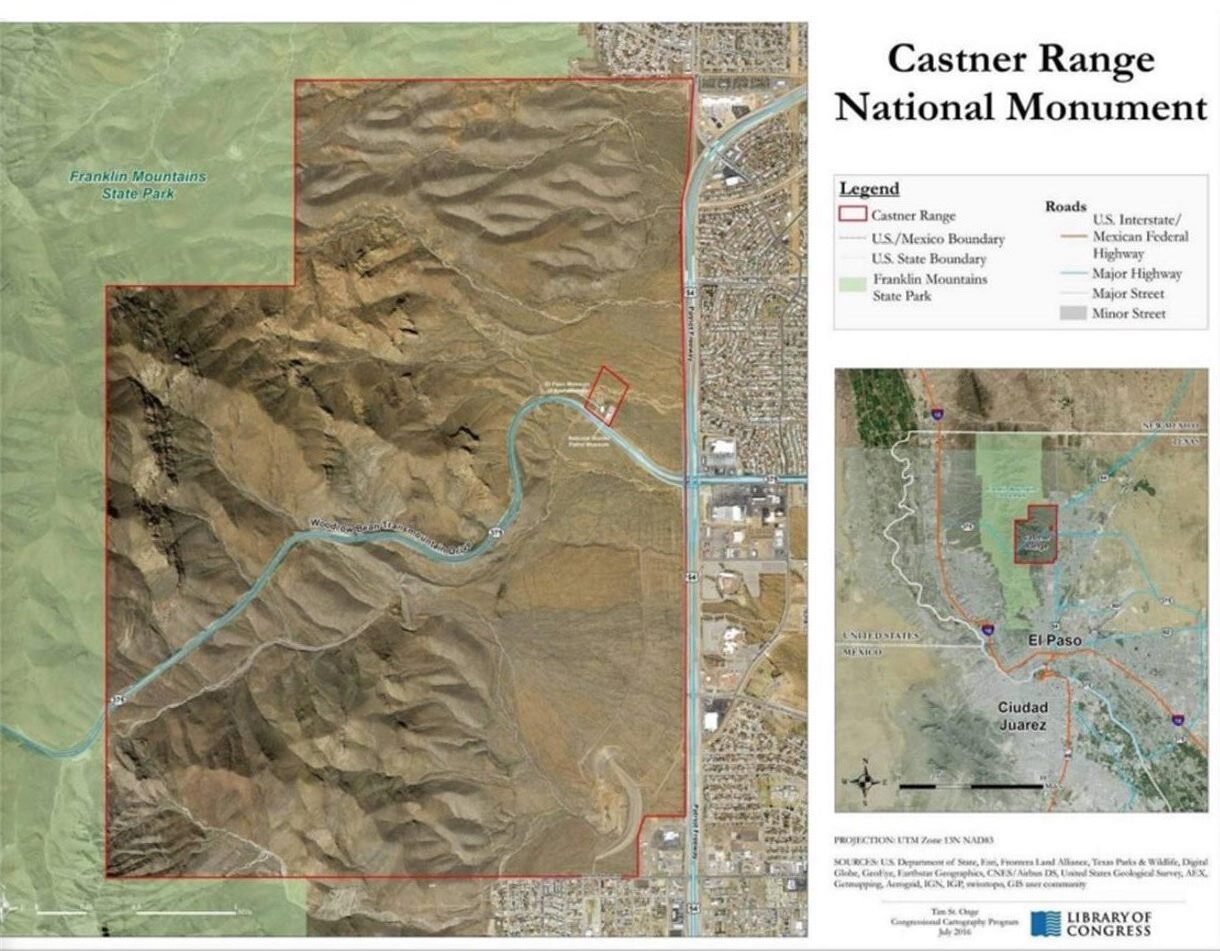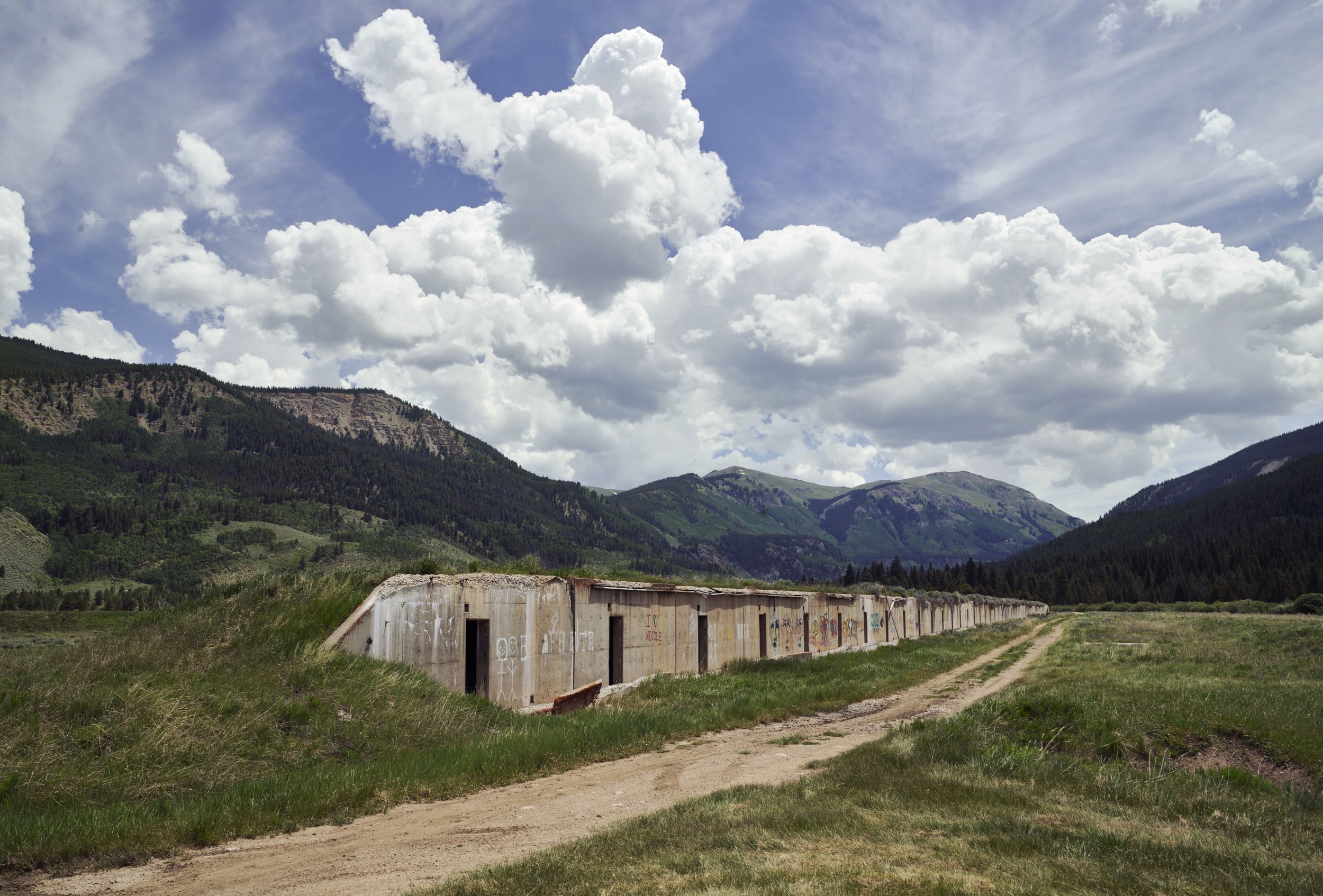Top Line: For President Biden to ensure that 30 percent of the nation’s lands and waters are conserved by 2030, as he promised, the pace and scale of protections needs to increase dramatically.
Figure 1. The proposed Plum Island National Monument in New York (almost Connecticut). Source: Wikipedia.
In 2021, President Biden committed the nation to 30x30, shorthand for conserving 30 percent of the nation’s lands and waters by 2030. 30x30 is an interim goal on the way to conserving 50 percent of the nation’s lands and waters by 2050 (50x50), a goal widely recommended by the scientific community. Leaving this much room for nature is vital for human health, the climate, biodiversity, and watersheds.
Last year we were at 13x21 for the nation’s lands and 26x21 for the nation’s (salt) waters. Nothing has moved the numbers so far in 2022.
The Daunting Math
To have any hope of attaining 30x30, the nation needs to have protected another nearly 416 million acres of land from when Biden took office in 2021 to the end of 2030. That means, on average, nearly 42 million acres per year must be elevated to a conservation status of either “GAP 1” or “GAP 2” , as determined by the US Geological Survey.
Only lands with GAP 1 and 2 status count toward 30x30. GAP 3 lands have some (but far from adequate) level of conservation protection (most “multiple use” federal public lands are in GAP 3), while GAP 4 lands have no conservation protection at all.
The halfway mark of the first and perhaps only term of the Biden administration is fast approaching, and Biden is way behind that average 41,526,763-acres-per-year pace necessary to attain 30x30. This pace translates to (all numbers are 24/7/365; no rest for the righteous)
· 3,463,564 acres per month, or
· 799,284 acres per week, or
· 114,183 acres per day, or
· 4,758 acres per hour, or
· 79 acres per minute, or
· 1.3 acres per second.
Figure 2. The proposed Castner Range National Monument in Texas. Though MECs (munitions and explosives of concern) and UXOs (unexploded ordnance) lying around currently preclude public visitation, that could be remedied. Source: castnerrange.org.
National Monuments That Could Be Added
The most efficient way for the Biden administration to rack up the protected land acres needed is by using the Antiquities Act of 1906, which among other things says:
The President may, in the President’s discretion, declare by public proclamation historic landmarks, historic and prehistoric structures, and other objects of historic or scientific interest that are situated on land owned or controlled by the Federal Government to be national monuments.
Through herculean efforts of the conservation community and its allies, President Biden reversed President Trump’s reversals of President Clinton’s and President Obama’s national monument proclamations for the Grand Staircase–Escalante and Bears Ears National Monuments in Utah respectively. Though Biden’s reversals were something to rejoice over, alas, there was no net increase of conserved acreage above what existed at the beginning of the Trump administration.
Figure 3. Relics in the proposed Camp Hale–Continental Divide National Monument, Colorado. Source: Carol M. Smith/Library of Congress.
Biden has yet to make his own monumental mark, though that might soon change. The administration is considering—or is at least being pitched by the conservation community, Native American Tribes, and allies—some excellent new or expanded national monument proposals. Following is a list of those that have specific recommended boundaries and a robust rationale for establishment. My criteria for inclusion on the list was having at least one story in an E&E News publication, which means the national monument proposal is far enough along to be newsworthy. Congratulations to everyone working to advance these exciting proposals. (I haven’t included any new or expanded national monument proposals pending in Congress, though I expect congressional sponsors may be asking Biden to act, as they cannot get Congress to act.)
• Plum Island, New York, 870 acres (Figure 1)
• Castner Range, Texas, 7,081 acres (Figure 2)
• Camp Hale–Continental Divide, Colorado, 28,676 acres (Figure 3)
• Avi Kwa Ame (“Spirit Mountain”), Nevada, 450,000 gross acres, 398,015 net acres (the proposed national monument would encompass ~52,000 acres of lands already established as wilderness areas by Congress, which have GAP 2 status and thus have already been counted toward 30x30) (Figure 4)
Click on the links to learn more about them.
Figure 4. Map of the proposed Avi Kwa Ame (“Spirit Mountain”) National Monument, Nevada. If the map is correct, there will be a tiny unprotected parcel that is in neither the Ireteba Peaks Wilderness nor the proposed national monument. Source: honorspiritmountain.org.
More citizen-proposed national monuments are in the works, some unveiled and some yet to be. (Permit me to pitch one of my favorites: the proposed Douglas-Fir National Monument in Oregon.) However, I fear that the pace and scale of national monument proposals from the conservation community and our allies is insufficient to attain 30x30.
For Biden to make his proportional contribution of his 30x30 goal, he needs to up his game. From the moment he took office, he needed to proclaim
• one Plum Island–sized national monument every eleven minutes, or
• one Castner Range–sized national monument every hour and a half, or
• one Camp Hale–Continental Divide–sized national monument every six hours, or
• two Avi Kwa Ame–sized national monuments each week.
But alas, he is far behind this pace, so these numbers will have to increase dramatically.
Other Ways to Reach 30x30
A coalition of conservation organizations is running print and digital versions of an advertisement for three days this week in the Grand Junction Sentinel. Senior Bureau of Land Management staff will be in this western Colorado town, which for not much longer is still the national BLM headquarters (it was a Trump thing), for a leadership meeting. The ad says, among other things:
As the nation’s largest land manager, we need the BLM’s bold leadership and action to address the climate and biodiversity crisis to ensure the healthy future of our economies, environment, and way-of life.
The BLM can and must use its existing authorities to safeguard wildlife corridors, restore damaged landscapes, and protect our remaining wildlands. These lands are entrusted to your care and the time to act is now.
While the conservation community is publicly calling for 30x30 in general, the conservation community collectively has yet to publicly offer enough specific recommendations to the Biden administration about to actually attain 30x30 for the nation’s lands. (As to protecting more of the nation’s [salt] waters, see below.)
Declaring national monuments is the prerogative of the president, but the BLM can use existing authorities to move many millions of acres of its lands to GAP 1 or GAP 2 status and contribute to 30x30. Here are a few ideas for the BLM.
The recipe number in the last column refers to one of forty-four such recipes I proposed to the Biden administration last February in a cookbook entitled “Forty-Four Conservation Recipes for 30x30: A Cookbook of 22 Administrative and 22 Legislative Opportunities for Government Action to Protect 30 Percent of US Lands by 2030.” I assure you all the recipes are quite tasty.
Lands and Waters of the United States
Biden’s 30x30 goal is for both lands and waters of the United States. “Waters” in this case generally means salt water under the control of the United States but not within the borders of its states or territories. The US exclusive economic zone is 3.4 million square nautical miles (2,881,663,200,000 acres; yes, ~2.9 trillion acres). As then Representative Deb Haaland (D-CO) and now Secretary of the Interior Haaland noted in 2020, “Only 26 percent of Federal ocean territory is permanently protected, the vast majority of which is in the remote western Pacific Ocean or northwestern Hawaii.”
Figure 5. Go Big (dark) Blue! A political advantage is that not one US voter lives anywhere near this proposed national monument expansion. Source: Young et al. 2022.
Comes now a scientist-and-citizen-led proposal to expand several national monuments that surround the US Pacific Remote Island (PRI) possessions of Wake Island, Johnston Atoll, Palmyra Atoll and Kingman Reef, Howland and Baker Islands, and Jarvis Island. President G. W. Bush protected 86,888 square miles, and President Obama protected another 495,189 square miles. President Biden could proclaim another 265,190 square miles of ocean lands and waters as national monuments.
Rounding out the PRI national monuments as proposed would add another 7.8 percent of the nation’s oceanic estate to the existing 26 percent, for a total of just over one-third. It would be 34x22 if Biden acts soon.
That’s just one bold proposal by the conservation community and its allies. Given that only another 4 percent of US ocean acreage must be conserved to achieve 30x30, the goal for our oceans should be changed now to 50x30. The eventual ecological necessity is 50x50 or 50 percent of the nation’s lands and waters conserved by 2050.
To attain 50x50 for ocean lands and waters, additional national monuments could be proclaimed in the US exclusive economic zone. Another large new national monument could be in the northeast Pacific Ocean. (To you landlubbers, that’s offshore Oregon, Washington, and California).
The Daunting Task
To attain 30x30, more than 1.3 times as much US land must be adequately protected for nature in the 2020s as has been protected by this nation in the past fifteen decades, since the establishment of Yellowstone National Park, the world’s first national park, in 1872.
In Arlington National Cemetery, across the Potomac River from our nation’s capital, is the National Seabee Memorial. The Navy’s Construction Battalion (CB, phonetically and punetically “seabee”) was instrumental in America’s success in World War II. Prominently inscribed on the memorial is: “With willing hearts and skillful hands, the difficult we do at once. The impossible takes a bit longer!”
In that time, nothing was more important than winning World War II. In this time, nothing is more important than saving nature and the climate.
For More Information
Joselow, Maxine. September 12, 2022. Soldiers called it ‘Camp Hell.’ Biden eyes it as a national monument. Washington Post.
Kerr, Andy. February 25, 2022. 30x30, Part 1: By the Numbers. Public Lands Blog.
Kerr, Andy. February 25, 2022. 30x30, Part 2: What “Conserved” Needs to Mean. Public Lands Blog.
Kerr, Andy. February 25, 2022. 30x30, Part 3: Forty-Four Tasty Conservation Recipes One Can Make at Home—If One Lives in the White House. Public Lands Blog.
Young, Hillary, et al. May 2022. Expansion of the Pacific Remote Islands Marine National Monument: Honoring Cultural and Biological Legacies.
Bottom Line: There’s still time for President Biden to do his share to attain 30x30.





